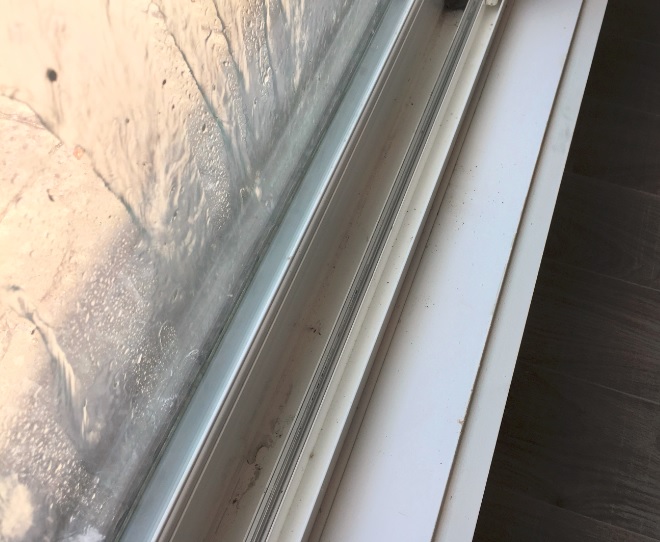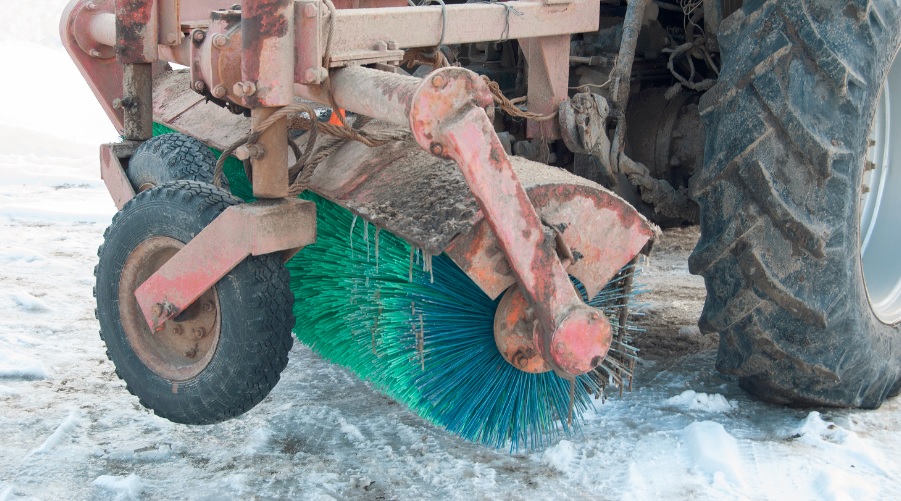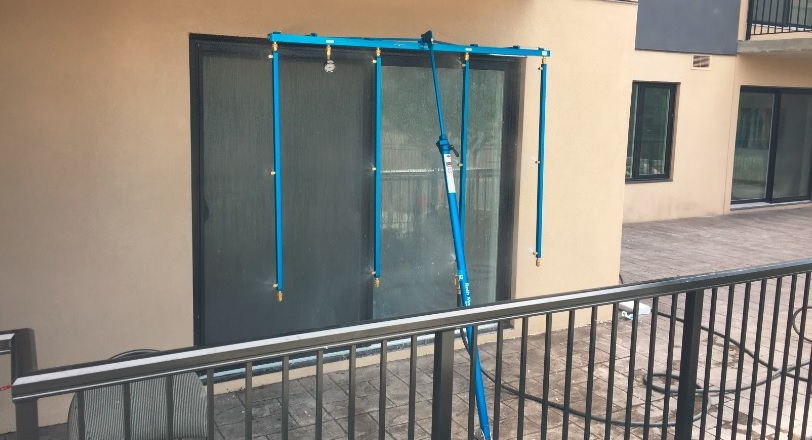Protecting your building from the damaging effects of water is critical to its longevity. As autumn turns to winter, there’s no better time to assess potential trouble spots, ensuring that any minor air leaks or weaknesses don’t develop into costly mistakes.
Scott Laing, an associate with RJC Engineers in Edmonton, sees all too often what can happen when a missed opportunity becomes a regret. Whether it’s holding on to old, inefficient windows, or the failure to anticipate that “early” first snowfall, building owners will find that even the slightest negligence today could end up costing them in the future.
 “Any areas of heat loss or air leakage through the exterior of a building can be detrimental to the interior space,” he warns. “Costs related to heating can increase if there are issues of this kind—and windows are known to be significant sources of heat loss, especially in older buildings.”
“Any areas of heat loss or air leakage through the exterior of a building can be detrimental to the interior space,” he warns. “Costs related to heating can increase if there are issues of this kind—and windows are known to be significant sources of heat loss, especially in older buildings.”
Naturally, new windows have significantly better thermal ratings than old windows—meaning, upgrading them before the temperature drops will not only increase occupant comfort, but save owners considerably on energy costs down the road.
Additionally, Laing advises that building owners should have all the appropriate snow removal measures in place well before that first anticipated snow fall. “Engaging the services of a snow removal contractor helps to ensure your exterior areas will be cleared of snow on a regular basis throughout the winter,” he says. “This will reduce the risk of potential slips and falls, something no building owner ever wants happening on their property.”
As for the machines used to clear away all that hazardous snow, Laing cautions that snowplows with blades can potentially wreak havoc on the existing waterproof membrane at exterior parking structures. To minimize this type of damage, he recommends using snow removal equipment with brushes.
 “Excess gravel placed on exterior parking decks has the potential to damage the thin traffic deck coating systems if it gets dragged or scraped across the surface by snowplows,” he notes. “Different types of de-icer salts are available, and some may have detrimental effects on exposed concrete structures. Owners should consider a concrete-friendly chemical de-icer instead.”
“Excess gravel placed on exterior parking decks has the potential to damage the thin traffic deck coating systems if it gets dragged or scraped across the surface by snowplows,” he notes. “Different types of de-icer salts are available, and some may have detrimental effects on exposed concrete structures. Owners should consider a concrete-friendly chemical de-icer instead.”
Identifying trouble spots
Aside from these general considerations, Laing warns that every building is unique and trouble spots will vary depending on age, design, materials and usage. To best prepare for winter, he recommends building owners conduct a thorough review of the exterior and existing waterproofing systems.
“This may include the entire building envelope, localized areas such as windows or penetrations through the exterior cladding, or the waterproof membranes and joints for parking structures,” he says. “Look for old or failed sealant materials, leaking joints, and areas of the membranes that look damaged.”
Given these areas are most susceptible to moisture-related deterioration, Laing recommends repairing them immediately to minimize leakage potential. For wood frame buildings, deterioration can occur in the form of wood rot. Delamination of concrete structures can occur in areas where moisture, salt, and oxygen are present, while steel structures and steel stud framing can experience corrosion-related deterioration.
But building materials are constantly improving—as are the buildings themselves. At the rate technology is moving, will there ever be a time when water infiltration won’t be the cause of so much stress and destruction?
“Waterproofing materials are improving and becoming a lot more durable,” Laing says. “So are glazing units, which are known to have better thermal performance and reduced heat loss than ever before.”
Still, water is water. And as building codes change, and waterproofing systems become increasingly more effective, keeping it out will always be your best bet for limiting its damage.
To find out more about waterproofing systems and how to prepare your building for winter, please visit www.rjc.ca or reach out to Scott Laing directly.






